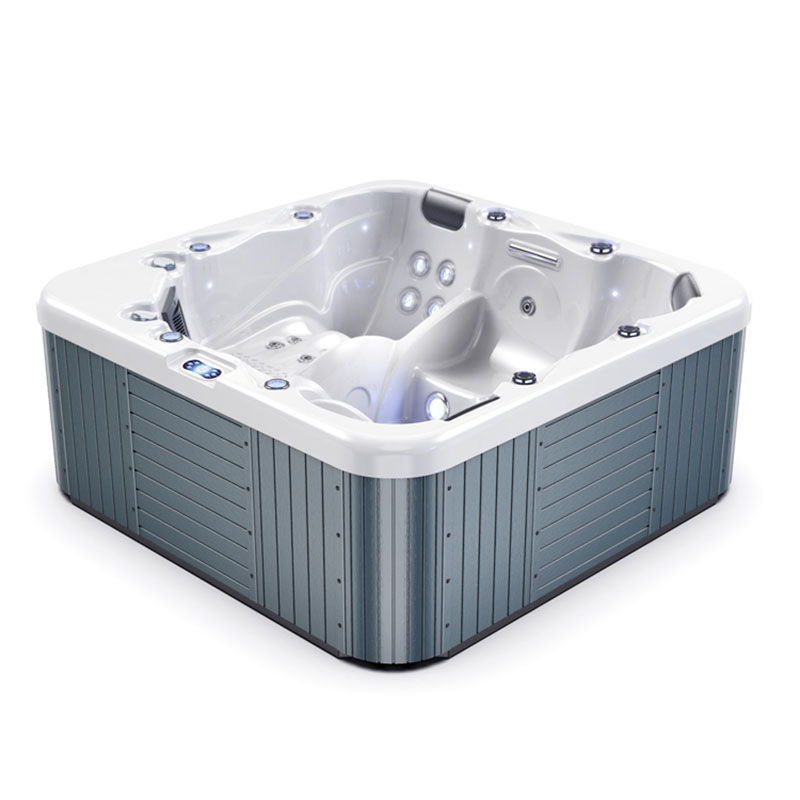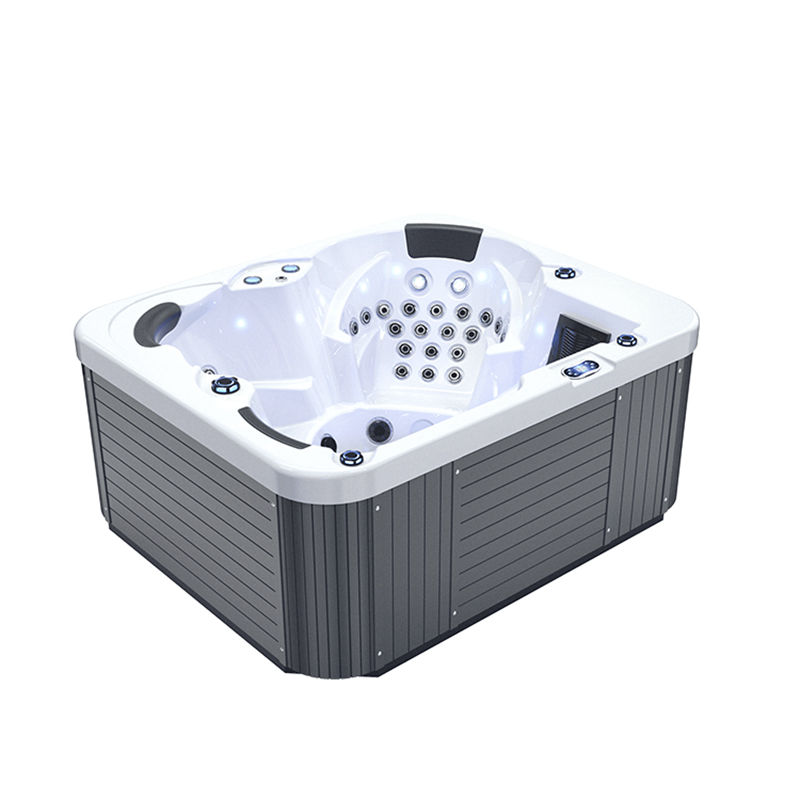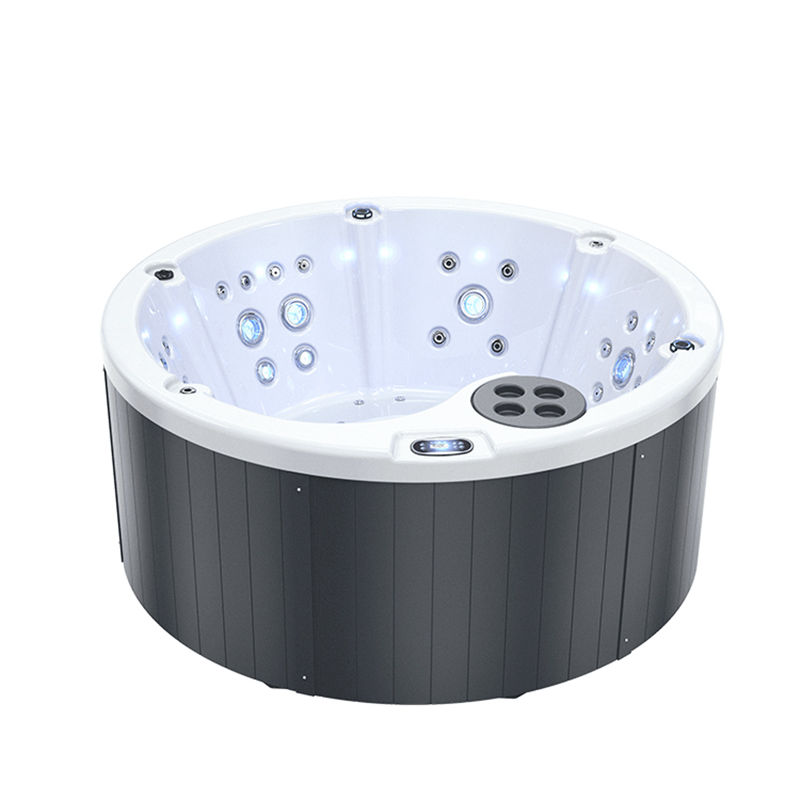For anyone who owns an outdoor spa jacuzzi tub, keeping the water clean and the equipment functioning properly is crucial. One of the most important pieces of equipment is the filter, which is responsible for filtering impurities from the water and maintaining clean water quality.
Over time, filters can become clogged, which not only affects the tub's performance but can also impact the user's health. Therefore, knowing how to identify a clogged filter and promptly maintain and clean it is essential knowledge for every spa jacuzzi tub user.
This article will detail the causes and symptoms of a clogged spa jacuzzi tub filter, as well as how to diagnose and resolve this issue.
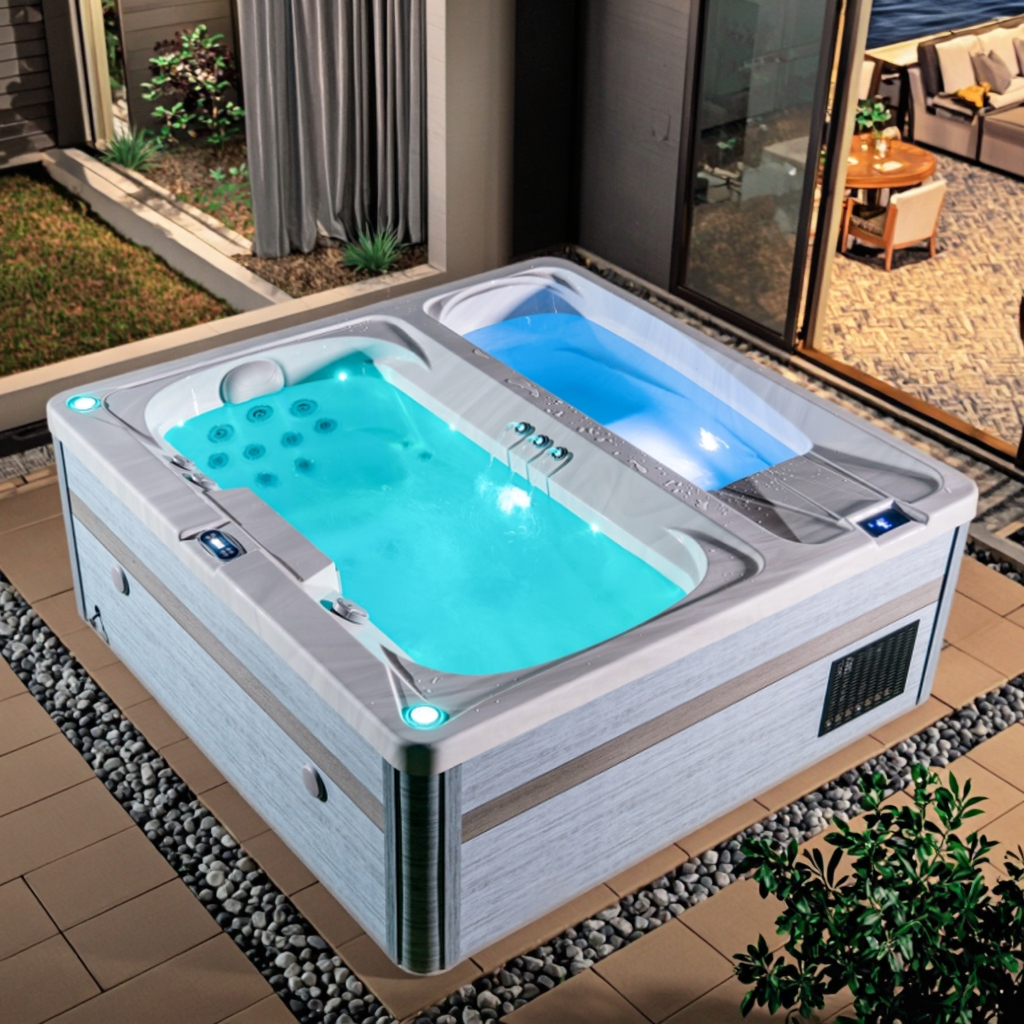
What is the function of a spa jacuzzi tub filter?
In a spa jacuzzi tub, the filter's primary function is to remove dirt, impurities, hair, chemical residue, and other tiny particles from the water. These impurities are carried along with the water and trapped on the filter screen. Clean water quality not only improves user comfort but also extends the life of the spa jacuzzi tub equipment.
A filter is typically installed before the water pump to protect the pump and other critical components from impurities. If the filter isn't working properly, impurities can enter the system, clogging the pump or pipes, reducing the overall performance of the spa jacuzzi tub, or even damaging the unit.
Spa jacuzzi tub: What causes a clogged filter?
A clogged spa jacuzzi tub filter is often caused by excessive accumulation of impurities on the filter screen. These impurities include:
• Hair and skin cells: The human body naturally sheds hair and skin cells when using a spa jacuzzi tub, and these can easily be carried into the filter by the water.
• Dust and debris: Dust, leaves, and other small particles from outdoor environments can also enter the tub through air and rainwater.
• Chemical residue: Chemicals in the water, such as residue from disinfectants, shower gels, or skincare products, can also burden the filter and cause clogging.
• Scale and mineral deposits: Especially in hard water areas, minerals in the water can deposit on the filter, reducing its effectiveness.
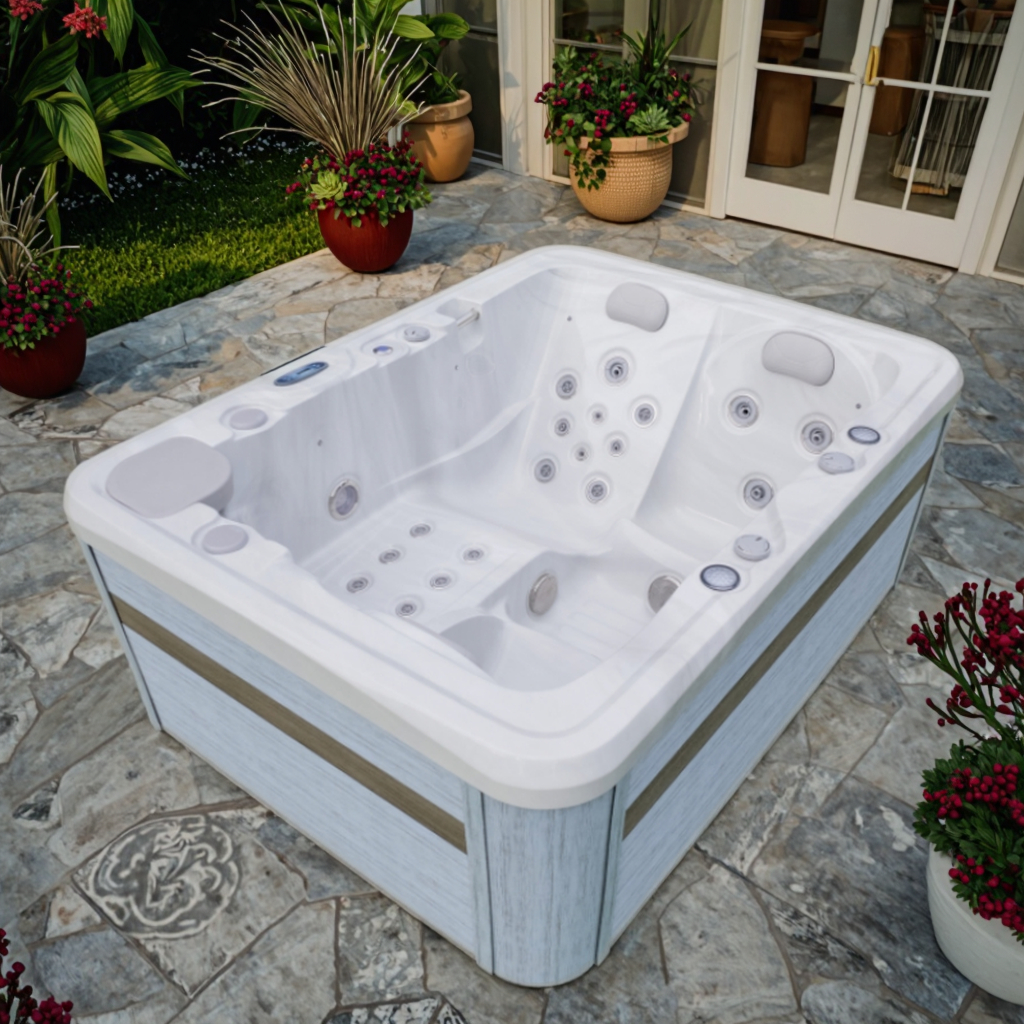
How can I tell if my spa jacuzzi tub filter is clogged?
Determining whether the filter is clogged is crucial to ensuring the proper functioning of your spa jacuzzi. Here are some common signs of a clogged filter. When these signs occur, you should check to see if the filter needs cleaning or replacement.
1. Reduced Water Flow
Reduced water flow is one of the most direct signs of a clogged filter. The proper functioning of a spa jacuzzi tub relies on strong water flow to ensure the massage jets and heating system function. If the filter is clogged, the water flow will be significantly reduced, and may even cause the jets to malfunction.
How to diagnose water flow problems:
• Observe the water flow from the jets. If the water flow is significantly weaker or more uneven than usual, it's likely that the spa jacuzzi tub filter is clogged, preventing water from flowing smoothly.
• Check to see if the water flow in the tub has slowed down. You can observe the ripples in the water while the heating system is running. If these ripples are weaker, there may be a problem with the filter.
• Test the intensity of the massage jets. The pressure from the massage jets should be strong enough to provide a comfortable hydrotherapy effect. If the pressure is significantly reduced, a clogged filter may be the cause.
2. Poor tub water quality
Another common sign of a clog is poor water quality. When a spa jacuzzi tub filter isn't working properly, impurities can't be effectively filtered out, causing the water to become cloudy or develop an odor.
How to identify water quality issues:
• The water becomes cloudy or loses its clear color. This is a common sign that the spa jacuzzi tub filter isn't effectively removing tiny particles from the water.
• Foam or floating debris appears in the spa jacuzzi tub. While foaming can be caused by excessive chemicals in the water, if these symptoms persist and the filter hasn't been cleaned, a clog is highly likely.
• An unpleasant odor appears in the water. If the water is properly treated but an odor persists, it may be because the filter isn't effectively removing organic matter or other impurities.
3. Obvious buildup of debris on the filter cartridge
Regularly inspecting the filter itself is the best way to determine if it's clogged. If there's a significant buildup of debris on the filter cartridge, it's a clear sign that the filter is overloaded and needs cleaning or replacement.
How to perform a filter inspection:
• Physical inspection: Turn off the spa jacuzzi tub's power supply and remove the filter. Carefully inspect the filter cartridge for visible dirt, hair, dust, or mineral deposits. If the filter or cartridge is already covered with thick debris, the filter is clogged.
• Water flow test: Remove the filter and run the spa jacuzzi tub to see if the water flow increases. If the water flow increases significantly, the filter may have significantly affected the normal flow of water.
4. System Fault Indicators
Modern spa jacuzzi tubs often feature a monitoring system. When the device malfunctions, the control panel will display an error code or alarm. Some spa jacuzzi tub systems can detect the condition of the filter and provide an alert if the filter is clogged or water flow is restricted.
How to use the system alerts:
• Check the tub control panel. If there are error messages related to water flow or the filter (such as a low water pressure alarm or a filter fault code), the filter is likely clogged.
• Consult the user manual for error code explanations and compare them with the device's operating status to confirm whether the filter is the problem.
5. Unstable Water Temperature
A clogged filter can also affect your spa jacuzzi's heating system, causing unstable water temperature. Because the heating system relies on good water circulation to evenly heat the water, a clogged filter weakens the water flow and the heater may not be able to maintain the set water temperature.
How to detect water temperature problems:
• Fluctuating water temperatures, or the heater taking longer to heat the water to the set temperature, are signs of insufficient water flow.
• Frequent cycling of the heater. This may be due to poor water flow, preventing the heater from operating continuously.
• If you have eliminated heater problems and water flow issues persist, check the filter for a clog.
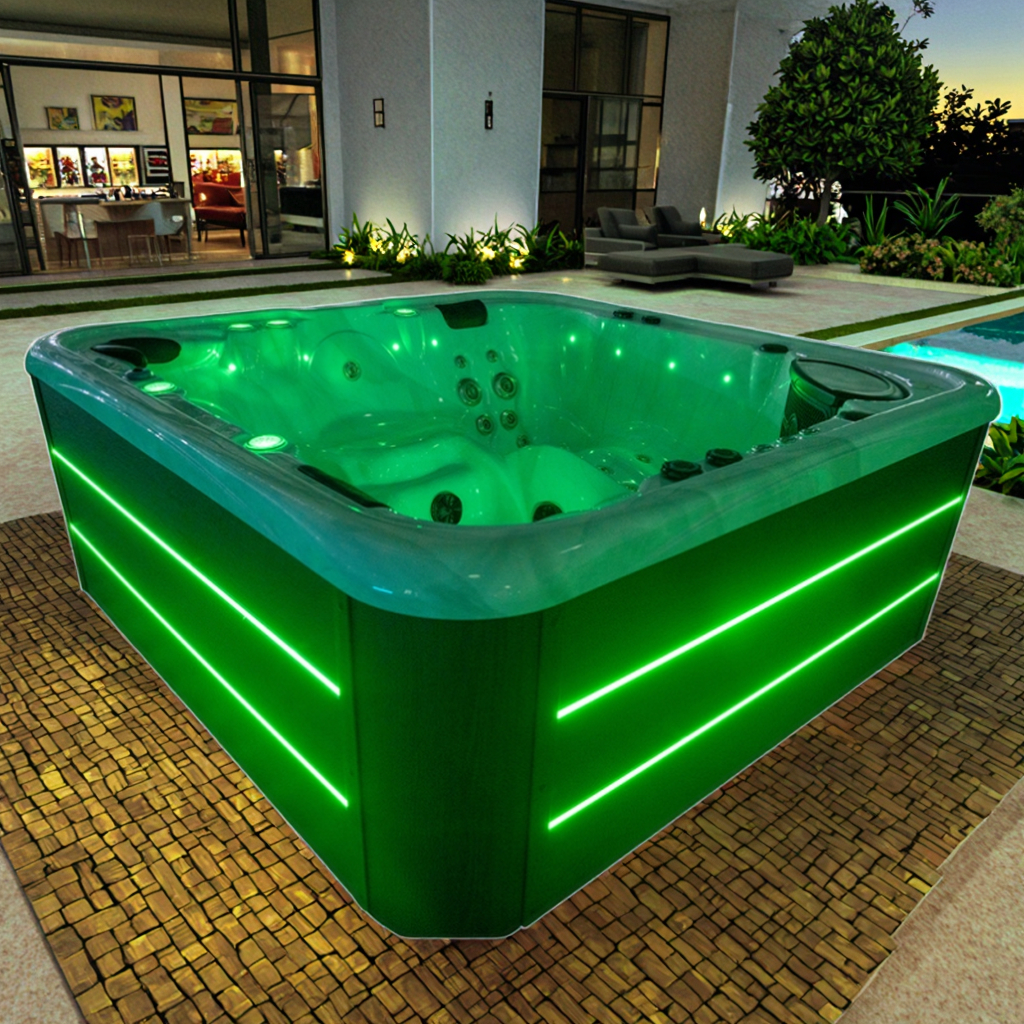
How to fix a clogged spa jacuzzi filter?
If you suspect or confirm that the filter is clogged, it's crucial to clean or replace it promptly. Here are some steps to troubleshoot clogged filters.
1. Clean the filter regularly
To prevent clogging, it's recommended to clean the filter weekly or at least every two weeks. Frequent cleaning is recommended for frequent use or poor water quality (such as in hard water areas).
Cleaning Instructions:
• Turn off the power: Before beginning any maintenance work, always disconnect the spa jacuzzi tub from the power source for safety reasons.
• Remove the filter: Locate and remove the filter, which can usually be found on the side of the tub or near the pump.
• Rinse the filter: Thoroughly rinse the filter with a hose or high-pressure water jet, ensuring every mesh is clean. Avoid using excessively hot water, as this may damage the filter material.
• Use a specialized cleaner: If there is stubborn dirt or mineral deposits on the filter, use a specialized filter cleaner. Follow the instructions to soak the filter, then rinse thoroughly.
• Dry or Reinstall: After cleaning, you can dry the filter or reinstall it directly.
2. Replace the filter
Even with regular cleaning, filters will wear out over time, affecting their filtration effectiveness. Generally, filters last between six months and a year, depending on frequency of use and water quality.
Replacement Instructions:
• Purchase the correct filter model: Make sure the replacement filter you purchase matches the model of your spa jacuzzi tub.
• Install the new filter according to the instructions: After removing the old filter, install the new filter according to the product instructions and ensure a good seal.
3. Regular Maintenance and Water Quality Testing
In addition to cleaning or replacing the filter, you should also regularly check the water quality in your spa jacuzzi tub. Use a water quality test kit to check the pH, alkalinity, and disinfectant levels in the water. Maintaining balanced water quality reduces strain on the filter and extends its lifespan.
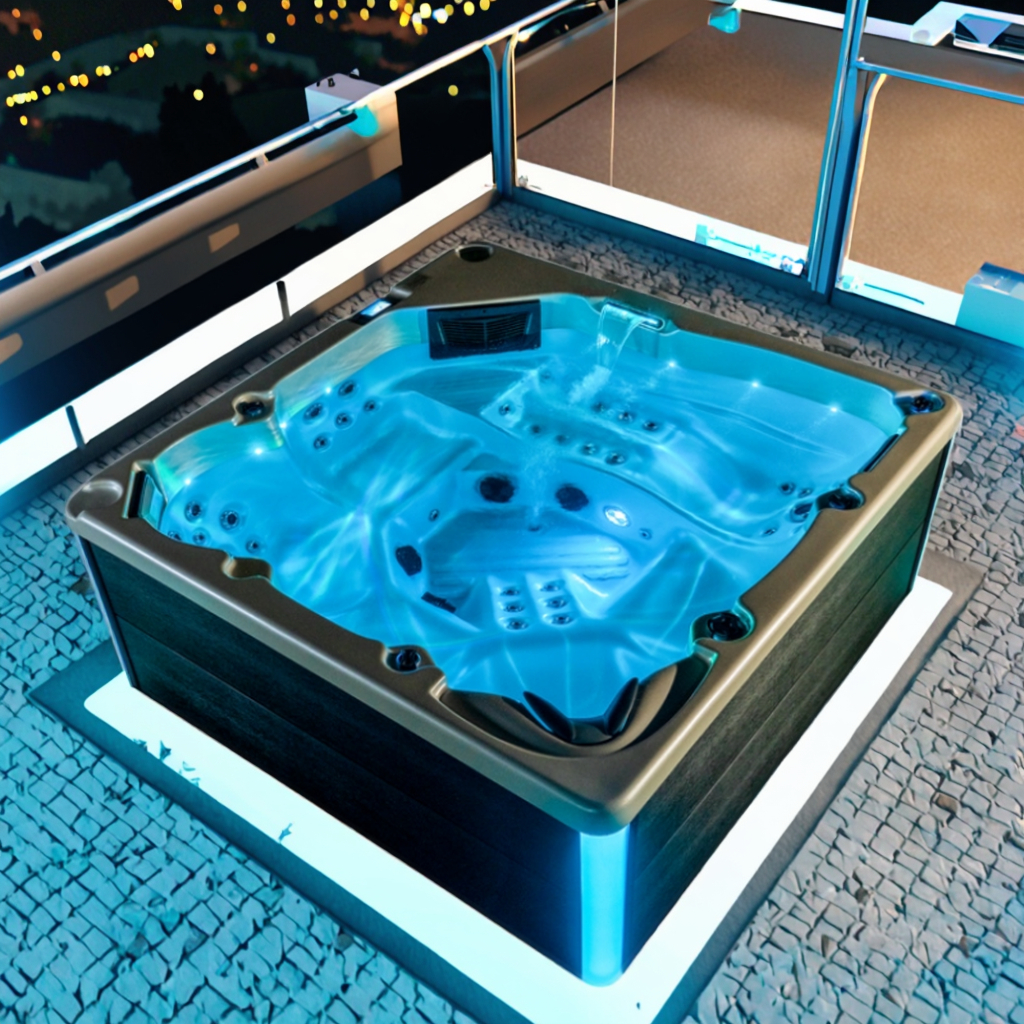
What warranty does Lovia Spa provide for its spa and hot tub products?
At Guangzhou Huantong Industry (Lovia Spa), we offer a comprehensive warranty covering 2–5 years depending on the spa components. For example, the structure is guaranteed for 5 years, the shell for 3 years, and the pumps, jets, valves, and other accessories for 2 years. This long-term warranty demonstrates our confidence as a high-quality spa manufacturer and supplier. When you buy directly from our factory, you benefit not only from competitive prices and wholesale promotions, but also from professional after-sales service.


